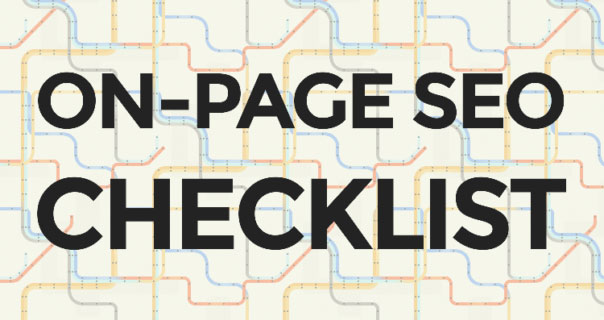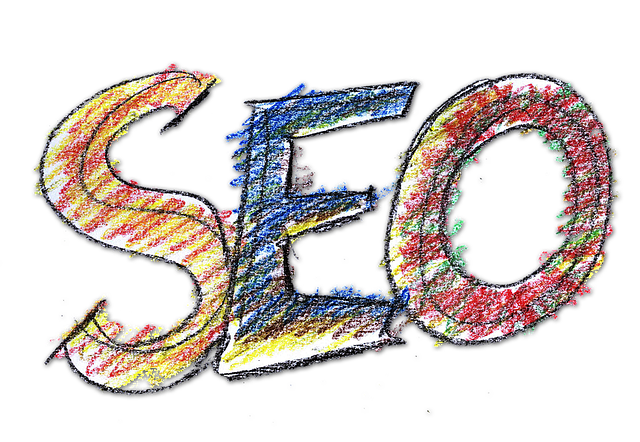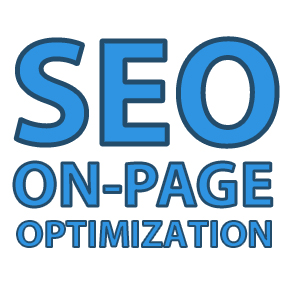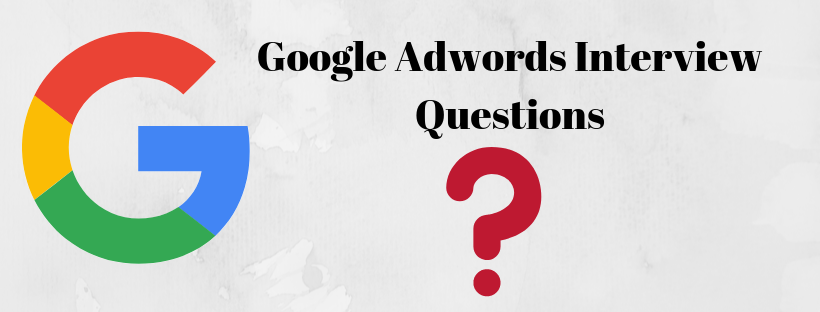Website SEO Optimization can turn visitors customers into big time potential customers, email subscribers, and regular readers. Increasing the potential of a site through on-site optimization can create a better return on investment when it comes to gathering more traffic from the internet.

So here are the tricks to help out with On-Page SEO:
Site Google Relevancy
The relevancy of the site is an important variable that search engines look out for while determining the rankings of a website. So if you’re not using the relevant keywords in your website content then you’re losing out the battle to competitors. Relevant keywords are the ones which you’re actually trying to rank for.
Quality Content
Quality content is one factor that will always be a winning formula, be it 2005 or 2017.
If your content helps the visitor gain some knowledge then you’re actually doing a fine job. The user must be able to take some action or must get the information they were looking for. Its high time we realize that content is written for the people and not for the search engines. Algorithms are so strong these days that they can identify user engagements at different websites and ranks them accordingly.
Internal Linking
Linking within your posts also increases your page views and lowers bounce rate. Try to link to one or two related post within your posts that leads the visitor around the site, making the experience more receptive.

You must have noticed that every Wikipedia page links to hundreds of internal pages. Also, see how I’ve linked this blog post to my other post in the next paragraph.
User Experience
Apart from boosting rankings user experience brings tons of benefits to a site. The most important one is that it builds user-base of websites. Because no one will come back to your site again if it is not user friendly. Your site should be easy to navigate. This keeps visitors engaged and connected and thus results in increased number of returning visitors. Its no longer a secret in digital world that Google loves sites with better UX.
Page Speed
3 Seconds is the global average that a visitor waits for on a new website. If your site doesn’t loads before 3 seconds the user will go to the next site in the results never to come back. Search engines may still be able to display the results, but if the site speed is slow, the visitor leaves with a negative impact.
Check your website speed here with this tool.

Titles and Meta Tags
Meta description helps describe what your page is all about. – This is what user reads before clicking on the page when shown in Google results.
Also, the title tags are created to describe the website in the most descriptive way conveying the correct information. It is the best to write this content with a human touch and not one that is directed towards gaining the interest of the search engine. Check out best examples of writing Title Tags in this post.
Schema Markup
A Schema Markup can be a good way of conveying extra information out to others on the internet. Schema markups are actually displayed on search engines in the form of star-ratings, images, as well as other types of helpful information.

Responsiveness
How your site is displayed across several screen resolutions is another paramount on site optimization aspect that needs to be checked. If your site doesn’t look appealing in all screen sizes be it mobiles, tablets and laptops, then you’re in for a red in the revenues. Trust me, this alone can be a deciding factor for your success or failure.
Image Alt Tags

For now in 2017 Search Engines cannot read images. So, you need to help search engines by using alt tags to identify them. Use your main keyword in your image alt tags. Even if not for the sake of search engines, at least, for the sake of blind users those who use “screen reader” applications.



